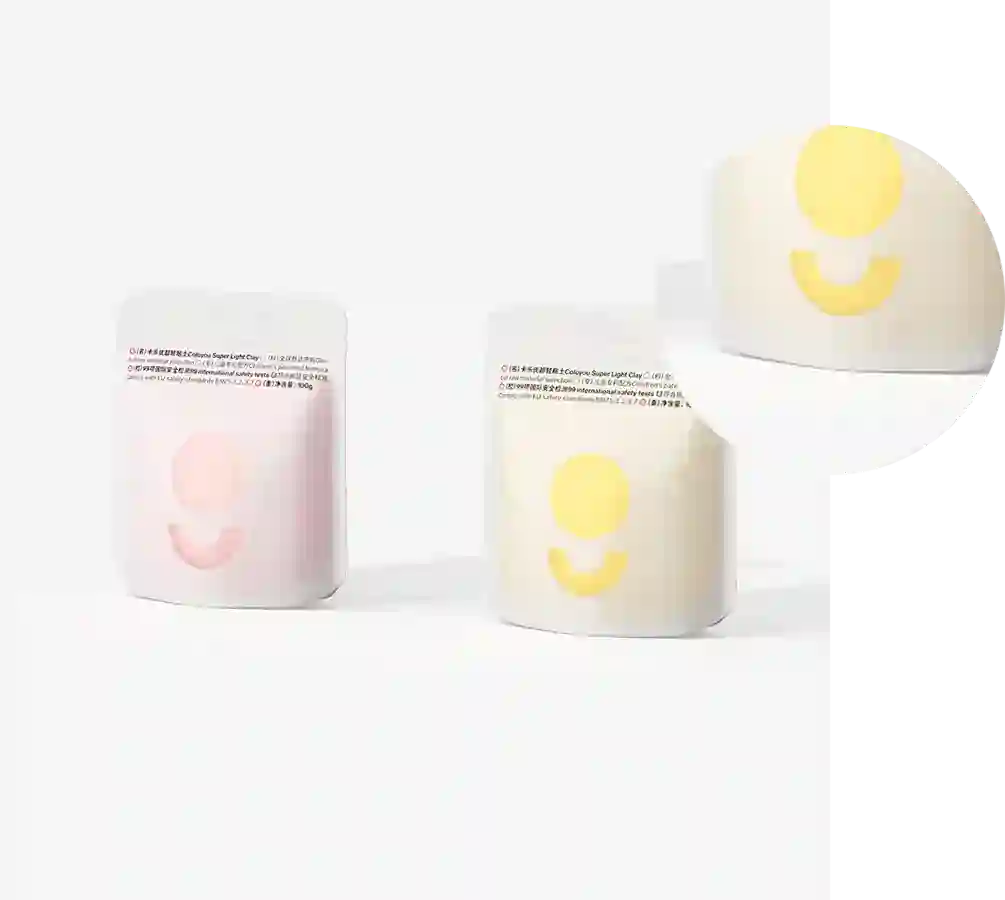- Afrikaans
- Albanian
- Amharic
- Arabic
- Armenian
- Azerbaijani
- Basque
- Belarusian
- Bengali
- Bosnian
- Bulgarian
- Catalan
- Cebuano
- chinese_simplified
- chinese_traditional
- Corsican
- Croatian
- Czech
- Danish
- Dutch
- English
- Esperanto
- Estonian
- Finnish
- French
- Frisian
- Galician
- Georgian
- German
- Greek
- Gujarati
- haitian_creole
- hausa
- hawaiian
- Hebrew
- Hindi
- Miao
- Hungarian
- Icelandic
- igbo
- Indonesian
- irish
- Italian
- Japanese
- Javanese
- Kannada
- kazakh
- Khmer
- Rwandese
- Korean
- Kurdish
- Kyrgyz
- Lao
- Latin
- Latvian
- Lithuanian
- Luxembourgish
- Macedonian
- Malgashi
- Malay
- Malayalam
- Maltese
- Maori
- Marathi
- Mongolian
- Myanmar
- Nepali
- Norwegian
- Norwegian
- Occitan
- Pashto
- Persian
- Polish
- Portuguese
- Punjabi
- Romanian
- Russian
- Samoan
- scottish-gaelic
- Serbian
- Sesotho
- Shona
- Sindhi
- Sinhala
- Slovak
- Slovenian
- Somali
- Spanish
- Sundanese
- Swahili
- Swedish
- Tagalog
- Tajik
- Tamil
- Tatar
- Telugu
- Thai
- Turkish
- Turkmen
- Ukrainian
- Urdu
- Uighur
- Uzbek
- Vietnamese
- Welsh
- Bantu
- Yiddish
- Yoruba
- Zulu
packaging for meat
Packaging for Meat Essential Considerations and Innovations
In the modern food industry, packaging plays a pivotal role in maintaining the quality and safety of meat products. As consumer awareness regarding food safety and sustainability continues to grow, the importance of effective meat packaging cannot be overstated. This article explores the various aspects of meat packaging, including its significance, types, innovations, and the evolving consumer expectations that shape this vital industry sector.
The Importance of Meat Packaging
Meat packaging serves several critical functions, primarily focusing on preserving the quality and safety of the product. Fresh meat is particularly susceptible to spoilage due to its moisture and nutrient content, making it an ideal environment for bacteria. Proper packaging helps prevent microbiological contamination, extending shelf life and ensuring that meat remains safe for consumption.
Moreover, packaging protects meat from physical damage during transportation and storage. It also provides a barrier against environmental factors like oxygen and light, which can lead to oxidative spoilage. Effective packaging not only preserves freshness but also maintains the meat’s flavor, color, and overall aesthetic appeal, which are crucial for attracting consumers in retail settings.
Types of Meat Packaging
There are several types of packaging commonly used in the meat industry, each with specific benefits and applications
1. Vacuum Packaging This method removes air from the package before sealing, significantly reducing the growth of aerobic bacteria and extending shelf life. Vacuum packaging is often used for fresh meat cuts, sausages, and marinated products.
2. Modified Atmosphere Packaging (MAP) This technique replaces the air inside the packaging with a controlled mixture of gases (such as carbon dioxide and nitrogen). It helps maintain freshness and quality while inhibiting spoilage and microbial growth.
3. Shrink Wrap Commonly used for retail meat products, shrink wrap forms a tight seal around the meat, providing protection during transportation and enhancing presentation. It is available in various materials, including polyethylene and polyvinyl chloride (PVC).
packaging for meat

4. Tray Packaging This involves the use of polystyrene or biodegradable trays to hold the meat, often covered with a layer of plastic film. Tray packaging is favored for its convenience and visibility, allowing consumers to see the product before purchasing.
5. Biodegradable and Eco-Friendly Packaging With a growing emphasis on sustainability, many companies are turning to biodegradable materials that minimize environmental impact. These alternatives can include plant-based plastics or recycled materials, appealing to eco-conscious consumers.
Innovations in Meat Packaging
The meat packaging industry is witnessing a surge in innovative technologies aimed at enhancing quality and convenience. One such advancement is the use of smart packaging, which incorporates sensors to monitor the freshness of the meat. These sensors can detect changes in temperature, humidity, or the presence of harmful bacteria, providing real-time data to both retailers and consumers.
Additionally, edible coatings are being explored as a solution to reduce packaging waste. These coatings, derived from natural substances, serve as a barrier to moisture and oxygen while being safe for consumption. They not only help extend shelf life but also align with the rising consumer demand for sustainable and clean-label products.
Meeting Evolving Consumer Expectations
Today’s consumers are more informed and discerning than ever. They seek not only quality meat but also transparency in packaging that reflects their values. This has led to an increased demand for packaging that clearly communicates information about sourcing, sustainability practices, and nutrition.
Packaging that includes QR codes or augmented reality features can further enhance consumer engagement, allowing individuals to access information about the meat’s journey from farm to fork. This transparency fosters trust and loyalty among consumers, making it essential for brands to prioritize informative and transparent packaging solutions.
Conclusion
As the meat industry continues to evolve, packaging remains a critical element that influences consumer perceptions and purchasing decisions. With an increasing focus on food safety, sustainability, and innovation, the future of meat packaging holds exciting possibilities. By investing in advanced technologies and sustainable practices, companies can meet the demands of today's conscientious consumers, ensuring that meat products are not only safe and delicious but also reflect the values of a growing eco-driven market.













